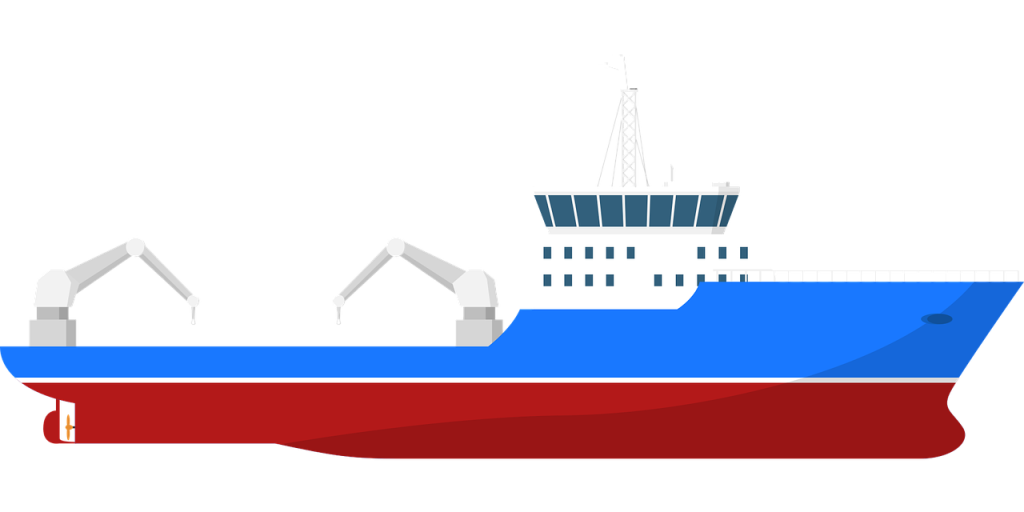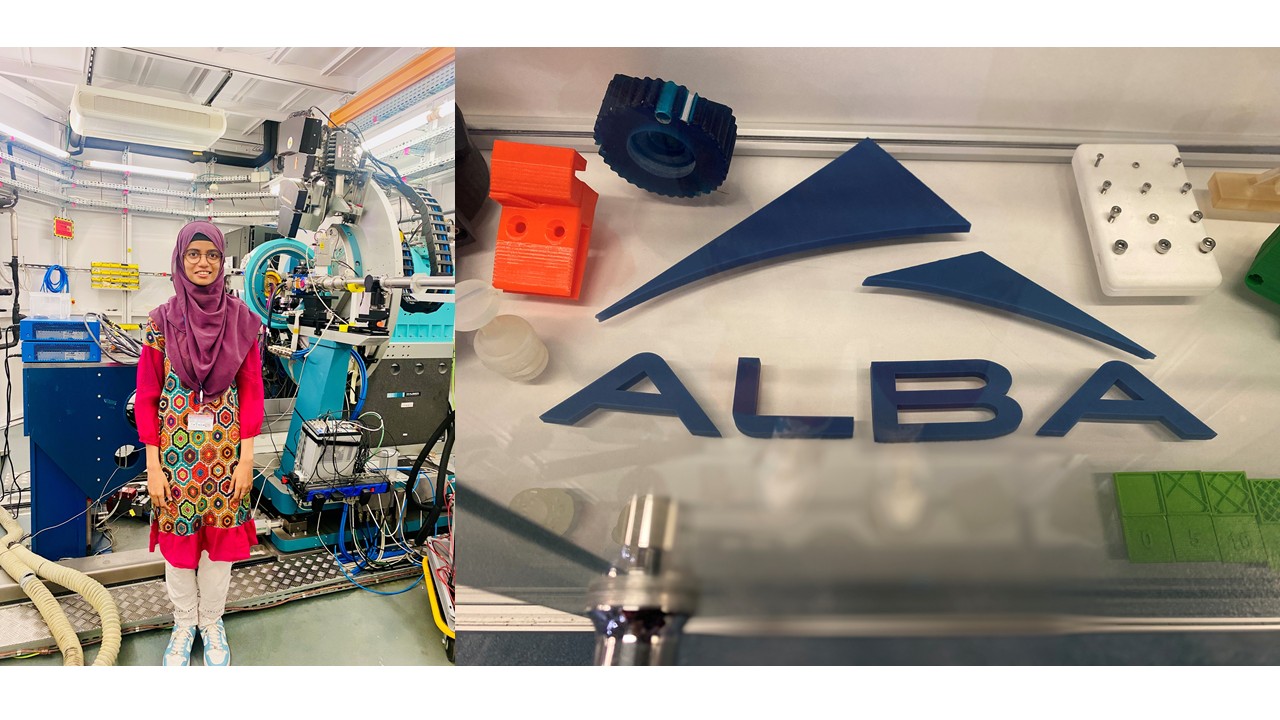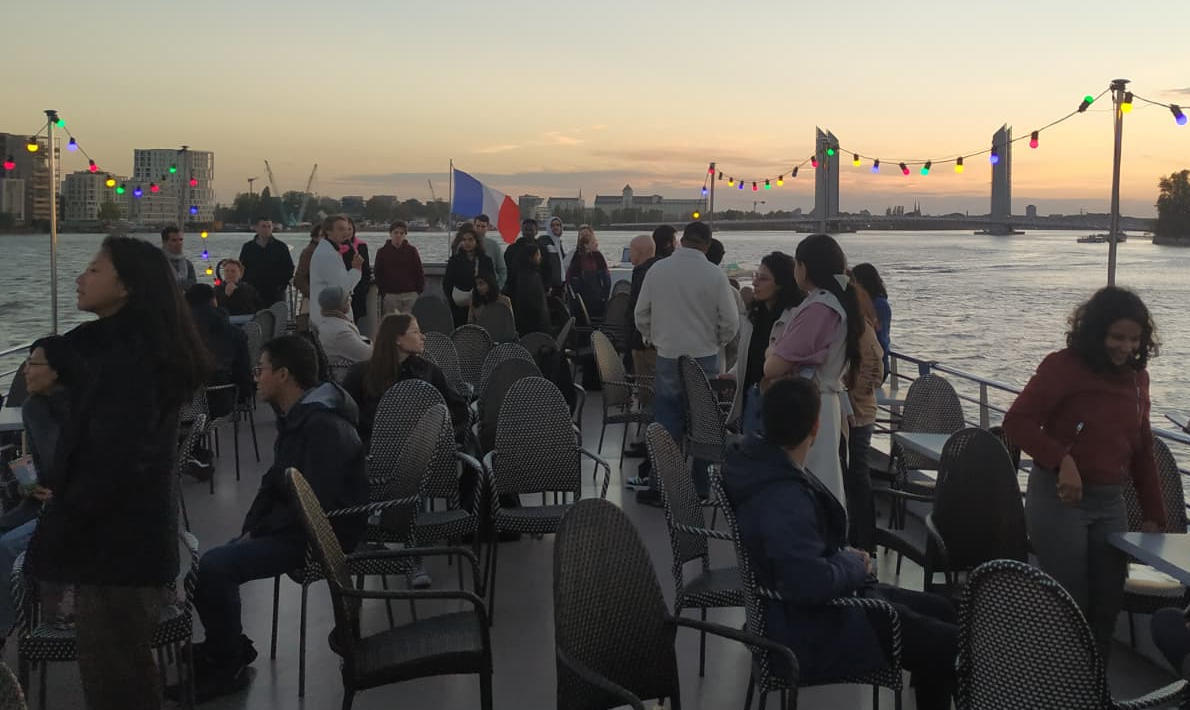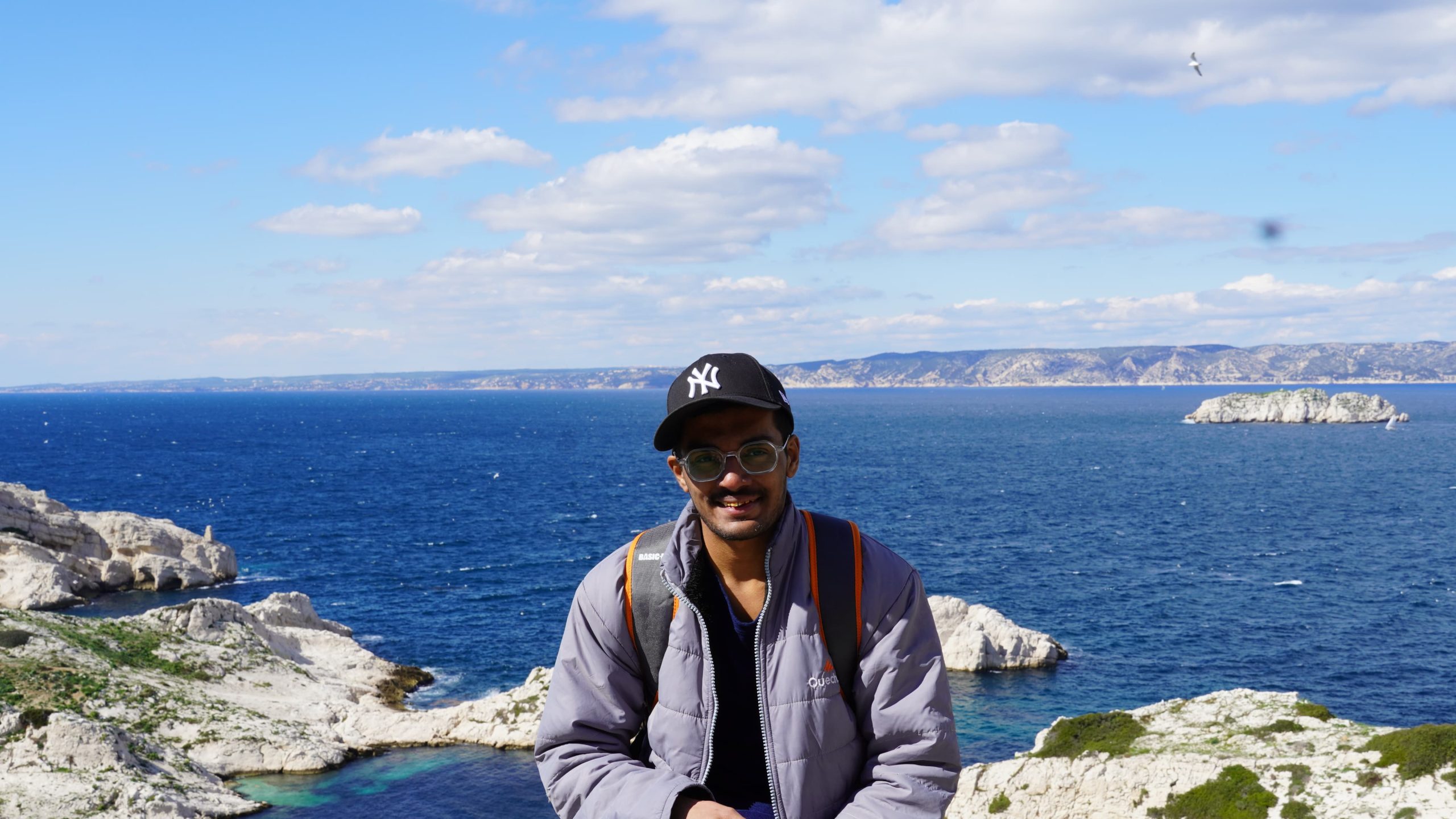Rising Seas and What Isotopes have to do with it

Earth, 20 000 years ago: the last glacial maximum. Take a moment to imagine it… The air was about 5°C cooler than today, the sea level more than 100 meters lower. Creatures could walk from Siberia to Alaska across a land bridge. The Laurentide ice sheet buried Canada and the northern USA under two kilometers of ice. It was a vastly different world! 125 000 years ago: the last interglacial. It was just as warm as today and the sea levels were even higher than now. Hamburg would have been under water, as well as the cites of Miami and Hong Kong.
Over the last 2.6 million years, Earth has constantly changed back and forth between glacial periods – colloquially known as ice ages – and warm interglacials. It was my fascination with the history of our changing planet, which brought me to my PhD project. But how do we know when and how the climate changed?

There are many different tools for the inquisitive paleoclimate scientist. One of the most important ones are oxygen isotopes. Let me explain…
Little chemistry reminder: An element is defined by the number of protons in its atomic nucleus. For example, oxygen has always eight protons. Most often it also has eight neutrons in its nucleus and so it weighs around 16 atomic units of mass. In short, that is written as 16O. But sometimes an oxygen atom may have 9 neutrons (= 17O) or 10 neutrons (=18O). These different species of the same element, each with a distinct mass, are called isotopes. Just like the lighter 16O, the heavy 18O can also form molecules like „heavy water“ H218O.
In the ocean, there is a specific fraction of water that combines with the heavier oxygen isotope to form H218O. Because it is heavier, H218O prefers being liquid over flying around as vapour, compared to H216O. So when a cloud forms in the tropics over the ocean, the lighter H216O is evaporated more easily compared to H218O so the clouds contain a little less H218O than the sea water itself. Then the cloud starts moving either north or south towards cooler regions. It starts to rain and because heavy water prefers to be liquid, the H218O rains out first. The water in the cloud becomes isotopically lighter and lighter, the further it travels from the equator. Scientists call this fractionation. By the time a cloud reaches Greenland or Antarctica its water is very depleted in H218O compared to the ocean. And so, the rain which forms the polar ice sheets consists of a lot of H216O and very, very little H218O.
When a cold glacial period begins and the ice sheets start to grow, they store more and more light isotopes and the remaining ocean water becomes more enriched in the heavier H218O. Scientists measure the ratio of 18O to 16O, a variable called δ18O. High δ18O = heavy ocean water = large ice volume = cold Earth. But wait… How do you measure the ocean water of the past?

Many of the tiny animals living in the ocean form shells made of calcium carbonate CaCO3 using oxygen atoms of the surrounding sea water. Their shells also become enriched with 18O during the glacial period and depleted during interglacials! When these tiny animals die, they sink to the sea floor and become part of the sediment.

Scientists on research vessels dig into the ocean floor and retrieve long sediment cores. In the laboratory, we can analyse the shells of animals from the past and learn about long gone climate. The deeper underground a sample comes from, the older it is! And that is one of the ways we learn about past climate.
The climate cycles of the past had multiple causes. Tiny changes in the orbit of Earth around the Sun would change how much sunlight arrives in the polar regions and help ice sheets grow or melt. At the same time, CO2 would be stored or released in the oceans and strengthen the change of temperature. One reason why people like me study past climate is to understand the detailed mechanisms of these past changes. For the last 150 years however, we humans have been the most important source for the changing climate. Our burning of coal and gas has increased the CO2 in the atmosphere and it is driving up the temperatures faster than ever. So… what about the future sea level?

Over the last century the global mean sea level has risen by 20 centimeters – that doesn’t sound like much, but 20 centimeters across the whole ocean is already a lot of extra water. For the last two decades, sea level has risen by around 4 millimeter per year and the change is accelerating. We know that quite well, because we now have satellites who measure the height of the ocean.
Sea level rise happens over hundreds and thousands of years. Even if we stopped emitting CO2 today and the temperatures would stay stable, glaciers would continue to melt for quite some time. How much the seas will rise however depends crucially on the next decades. Climate scientists consider different scenarios to make their evaluations. In a world with decisive measures for climate protection, the sea level will likely rise by another 40-60 centimeters until 2100, and by 2-6 meters in 2000 years. In a world with very little actions against global warming, sea levels will likely increase further by 0.6-1.0 meters until 2100 and around 20 meters (!) in the next 2000 years. Already in this century, sea level rise will worsen floods, increase erosion and threaten the existence of coastal cities and small islands. Over time, the historical sites of these places will be irretrievably gone. But it is our hands, how much we will lose. Let‘s work hand in hand to keep our coastal cities and islands safe from the rising sea!
————————————————————————————————————————————
Sources :
IPCC, 2021: Climate Change 2021: The Physical Science Basis. Contribution of Working Group I to the Sixth Assessment Report of the Intergovernmental Panel on Climate Change[Masson-Delmotte, V., P. Zhai, A. Pirani, S.L. Connors, C. Péan, S. Berger, N. Caud, Y. Chen, L. Goldfarb, M.I. Gomis, M. Huang, K. Leitzell, E. Lonnoy, J.B.R. Matthews, T.K. Maycock, T. Waterfield, O. Yelekçi, R. Yu, and B. Zhou (eds.)]. Cambridge University Press, Cambridge, United Kingdom and New York, NY, USA, In press, doi:10.1017/9781009157896
- Future projections : see Technical Summary, Box TS.4
- Sea levels in the past : see Chapter 9, Table 9.6
Lisiecki, L. E., and M. E. Raymo (2005), A Pliocene-Pleistocene stack of 57 globally distributed benthic d18O records, Paleoceanography,20, PA1003, doi:10.1029/2004PA001071
Illustrations were downloaded from https://pixabay.com/ and are free to use under the Pixabay content license.
Categories
Latest posts

Catching Atoms in Motion: First Beamtime Experience at ALBA Synchrotron

Connecting with the AUFRANDE Community – Bordeaux 2025

Stepping Beyond Comfort: My First 10 Months as a AUFRANDE Doctoral Researcher in France
